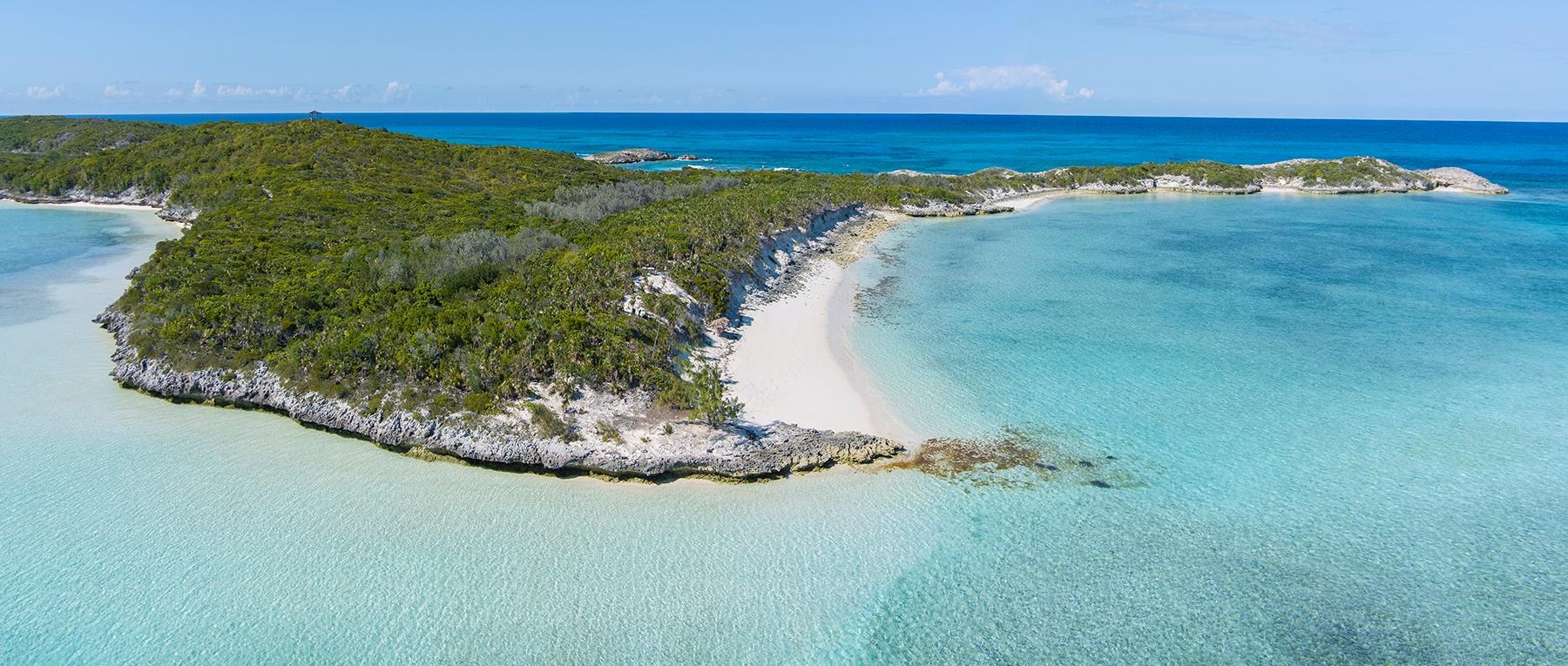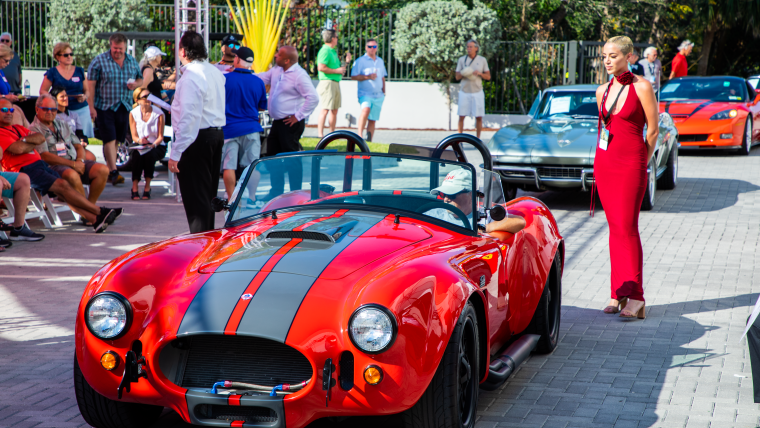On a small island not far from George Town in the Bahamas, Victor Barrett is planning a 100-percent sustainable development.
Only 18 percent of its land will be developed, the rest left natural. Flora and fauna will be allowed to thrive, and roads will be narrow, for electric carts. Structures will be built on piles and piers, without heavy excavation or concrete slabs.
“We’re trying to do as little as possible, so someday all of it could be removed,” says the CEO of Silent Resorts and designer for Ki’ama Bahamas. “When we look at a site to build on, we let Mother Nature be our guide – we will not bulldoze, and will have as minimal an impact as possible.”
A total of 16 four-bedroom residences will be built, each solar-powered. Materials will be heavy hardwood timber, harvested in Belize, near a factory where they’re being fabricated now. The timbers are sustainably certified and carbon negative.
They’ll be joined by a clubhouse, a beach club restaurant, a health and wellness center and plenty of docks. Groundbreaking will take place in June or July, and the the first two residences, the beach club, plus the first 60-foot silent yacht – a solar-powered and electric affair – will all be completed by March.
“The solar-powered yacht, when anchored, will provide power to the island,” he says. “And there will be a centralized grid with a hydrogen fuel cell backup, so everything will be solar-powered – the island residences, all the operations, and the yachting.”
The big idea is to provide a luxurious experience in a 21st-century, ecologically sensitive development. There will be no foam insulation or laminates like Formica or Pergo. “It will all be recyclable wood or copper or metals,” he says. “And it will be open tropical living.
The island has a high center point and some beach bluffs around its edges. It’s one-story structures are designed to be long and low in the environment, and also linear so builders won’t have to dig in. “We’ll follow the natural topology and stay at the height of the bluffs or back from them, and build below the top elevation,” he say. “When you look at the island from the water you won’t see anything sticking up in the air.”
Barrett likens the homes’ design to that of a catamaran. “There are four cabins plus a salon and then a big outdoor living area,” he says. “It’s not Spanish or Colonial – just an international style, with the idea that we want to work within the landscape with something natural.”
Swimming pools, fashioned from shipping containers, will be eight feet by 12, 20 or 40 feet long. “There’ll be a big open deck, and a pool that sits below – it’s an above-ground pool but below the deck,” he says. “They’re delivered set up, and can be completely removed,” he says.
But that’s true of everything he intends to build there. “All this could be removed in 30 to 50 years if someone wanted to,” he says. “They could pack it back up and ship it somewhere else.”
Shared ownership is available, and private ownership ranges from four to six million dollars.
For more, go here.
[slideshow id=2447]



